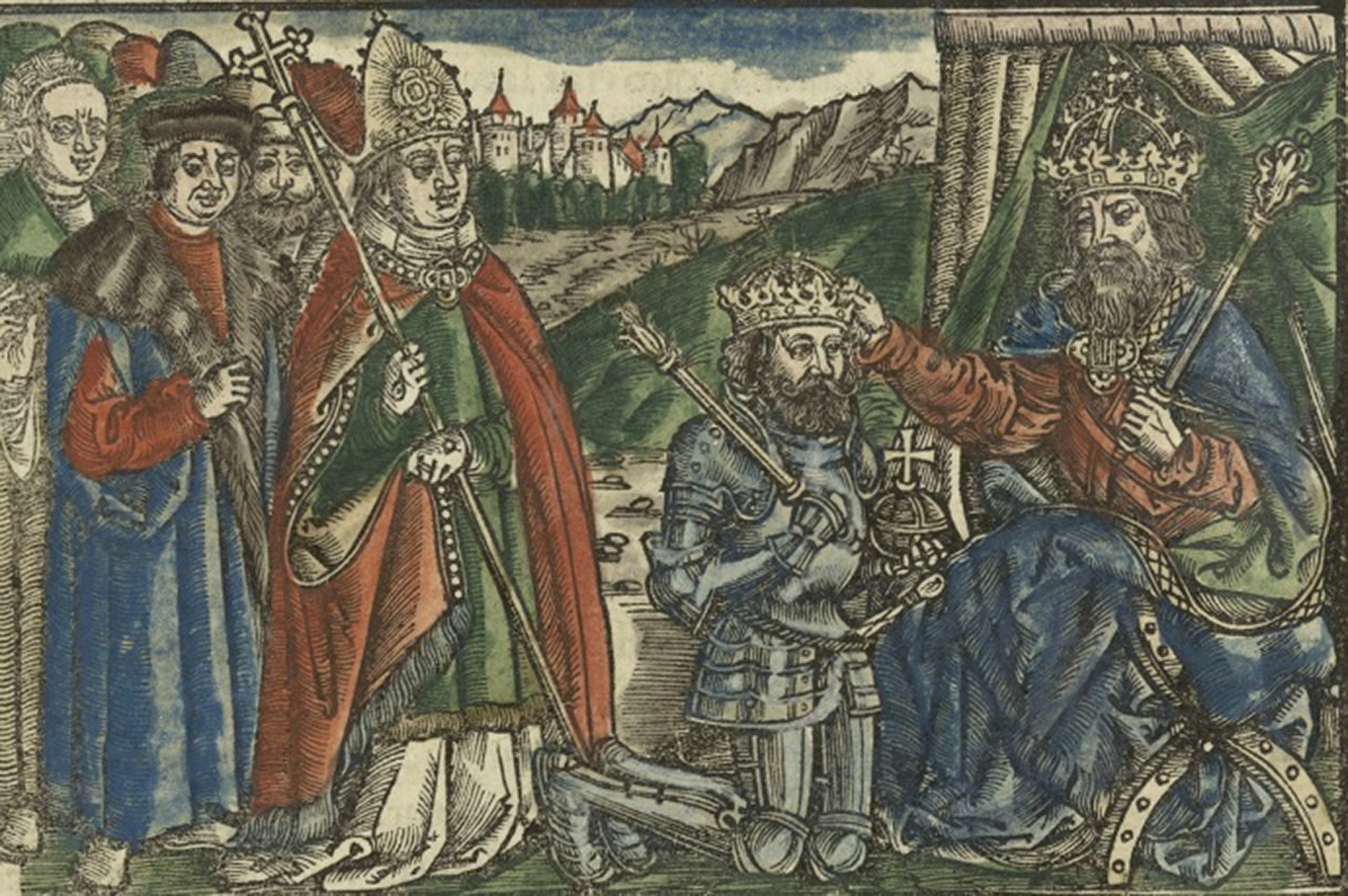One of Poland's ancient royal dynasties could have been hijacked by a bunch of invaders who came over from Scotland nearly 1,600 years ago, say scientists.
A new DNA study has revealed that Poland's Piast line is probably descended from a 10th-century Pictish tribe.
A research group from the Institute of Bioorganic Chemistry at the Polish Academy of Sciences studied bone fragments said to be linked to members of the royal bloodline.
Their analysis focused on the Y chromosome, which passes directly from father to son.

Portrait of Boleslaus I the Brave. Note: Licensed photo. (Newsflash/NX)
They discovered that the remains all shared a common ancestor with traits that are common in Britain but rare across central Europe.
The researchers told Polish media: "Among the samples dated to the period before the formation of the Piast state, the closest genetic match was found in a man from 5th-6th century Scotland.
"Archaeological evidence suggests he was a member of the Pictish population.
"This clearly indicates that the Piasts were not of local origin.
"However, it remains unclear when their ancestors first arrived in what is now Poland."
Project lead Professor Marek Figlerowicz said that although some might scotch the claim, the scientific and historical evidence is clear.
He says Poland's first king, Boleslaw the Brave, a member of the Piast dynasty, had a sister named Sigryda.
She was married to Scandinavian rulers and became the mother of kings who later ruled in Sweden, Denmark, England, and Norway.
Figlerowicz said: “This shows that the early Piast state had strong connections not only with Scandinavia but also with England."
Although many die-hards in Poland still insist that the Piasts were native-born, others accept that they might have Viking roots or foreign ancestry.
Figlerowicz explained: “We lack historical or archaeological evidence to settle the debate.
“That’s why we turned to DNA analysis to trace the Piasts’ true lineage.”
Historically, the Piasts governed territories that would become Poland from the 10th through the 14th centuries and are viewed as the founders of the nation.
They are credited with uniting warring tribal clans to form the foundations of a single state, ruling it for 400 years before the bloodline ended.
(Joseph Golder / newsX)


